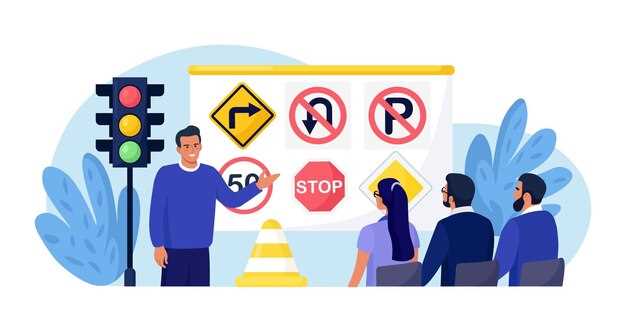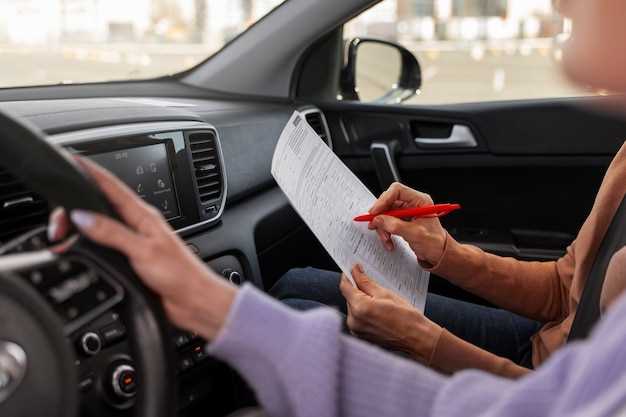
Participating in a group motorcycle ride can be an exhilarating experience, providing not only a sense of camaraderie among riders but also the opportunity to explore new routes and destinations. However, riding in a group requires a unique set of skills and awareness to ensure the safety of all participants. Whether you are a seasoned rider or a newcomer, understanding group ride dynamics is crucial to enhancing the riding experience.
Safety should always be the top priority when embarking on a group ride. With multiple motorcycles on the road, effective communication and coordination among riders are essential to avoid accidents and keep everyone secure. Adhering to established etiquette guidelines can significantly reduce the risk of mishaps and foster a more enjoyable atmosphere for all participants.
In the following sections, we will delve into key safety tips and etiquette rules that every motorcyclist should follow during group rides. From maintaining an appropriate distance between riders to hand signals for communication, these guidelines will help create a safe and harmonious environment on the road. Emphasizing the importance of teamwork and mutual respect will ensure that your group ride is not only safe but also memorable.
Pre-Ride Checks for Motorcycle Safety in Group Rides
Before embarking on a group ride, it is essential to conduct a thorough pre-ride check of your motorcycle to ensure both personal safety and the safety of fellow riders. This proactive approach helps to minimize the risk of mechanical failure and enhances the overall experience of the ride.
Start by inspecting your motorcycle’s tires. Check for proper inflation, adequate tread depth, and any visible damage. Tires play a critical role in maintaining grip and stability during the ride, especially in a group setting where speed and maneuvering may vary.
Next, evaluate the brakes. Squeeze the brake levers to assess their responsiveness and check the brake fluid levels. Ensuring that your brakes are functioning optimally is crucial for stopping power, particularly in close-quarters riding situations with other motorcycles.
Examine your lights, horn, and indicators to confirm that they are fully operational. Visibility is key in group rides, as signaling intentions clearly can prevent accidents and miscommunication among riders.
Don’t forget to look at your chain or belt. If your motorcycle has a chain, check for proper tension and lubrication. A well-maintained drive system contributes to the smooth operation of your bike, which is vital when riding in a formation.
Lastly, take a moment to ensure you have the necessary safety gear. Wearing a helmet, gloves, and proper protective clothing not only contributes to your safety but also sets a standard for group etiquette. Encourage fellow riders to perform their checks and prioritize safety before hitting the road together.
Maintaining Proper Formation and Spacing During Group Rides

Proper formation and spacing are crucial elements for ensuring safety and comfort during group rides on motorcycles. The first step in achieving appropriate formation is to adopt a staggered riding pattern. This formation consists of riders positioning themselves slightly offset from one another, creating a visual line that allows each motorcyclist to have a clear view of the road ahead. This arrangement not only enhances visibility but also minimizes the risk of collisions in case a sudden stop or maneuver is needed.
Maintaining adequate spacing between motorcycles is equally important. Each rider should establish a cushion of space that is large enough to react safely in unexpected situations, like sudden stops or obstacles. A general rule of thumb is to allow a minimum of two seconds of following distance, increasing this to four seconds in adverse weather conditions. This distance provides ample time to brake and avoids chain reactions that can lead to accidents.
Moreover, communication within the group is key. Riders should use hand signals and head movements to indicate turns, stops, or changes in speed. It is essential for all participants to be aware of the signals and respond accordingly to maintain the formation and spacing. Before embarking on the ride, a brief group meeting can help clarify the plan, including how to handle specific situations like lane changes or flowing traffic.
In addition to formation and spacing, riders should remain vigilant about their surroundings. Awareness of nearby vehicles, road conditions, and potential hazards allows motorcyclists to adjust their spacing as necessary. Riders must also be mindful of their own speed, ensuring they don’t accelerate or decelerate abruptly, which could disrupt the flow of the group.
By adhering to proper formation and spacing principles, motorcycle riders can significantly enhance the safety and enjoyment of the group ride experience. Being considerate of fellow riders and maintaining a disciplined approach contributes to the overall success and camaraderie during the journey.
Communication Signals and Protocols for Group Riding

Effective communication is essential for ensuring safety and cohesion during a group motorcycle ride. Riders must establish clear signals and protocols to convey intentions and to alert others about potential hazards. Here are some key communication signals and protocols for group riding.
First, hand signals are the most common form of communication. Riders should use standardized signals that all participants understand. For example, a left turn is indicated by extending the left arm straight out, while a right turn can be signaled by extending the right arm. To indicate a stop, riders can lower their left arm with the palm facing down. Hazards, such as potholes or debris, may be communicated by pointing downwards with the left hand. These gestures should be clear and deliberate to minimize confusion.
Next, verbal communication is still beneficial, especially when riding in larger groups. Establishing a designated communicator or leader helps facilitate important announcements, such as route changes or rest breaks. This person can use a two-way radio system or simply call out messages to ensure everyone remains informed throughout the ride.
In addition, maintaining proper spacing between motorcycles is crucial for safe riding. Riders should keep a safe distance to react to sudden changes, while also allowing room for signaling. The staggered formation is often preferred, allowing each rider to have their own lane, which enhances visibility and safety. Riders should communicate any adjustments in formation through hand signals or verbal cues.
Lastly, it’s important to conduct pre-ride briefings. These meetings should cover the planned route, expected stops, and any specific safety protocols or signals to be used during the ride. Taking the time to discuss these elements ensures everyone is on the same page, fostering a smoother and safer group experience.
In summary, effective communication signals and protocols are vital for group motorcycle rides. By utilizing hand signals, verbal communication, maintaining proper spacing, and conducting pre-ride briefings, riders can enhance safety and ensure a pleasurable experience for everyone involved.

